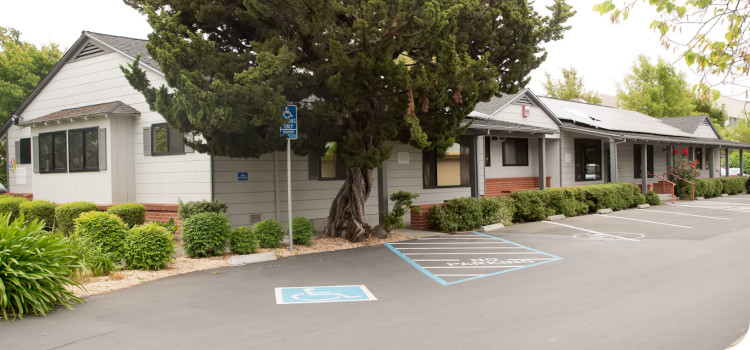 A tooth and its roots provide stimulation to your jawbone. When a tooth is extracted or removed from your mouth, it no longer stimulates the bone tissue. Without that stimulation, your body will demineralize the bone (also known as bone resorption). The jaw bone will soften creating a loose foundation for the teeth remaining in your mouth. On the upper part of your jaw, the softening of the bone can cause the floor of your maxillary sinus to sink. Think of the foundation of your house beginning to soften; the floor would begin to drop. A dental implant can stop bone resorption. If the sinus has overcrowded the upper jaw, the sinus lift may be needed to make room for the implant.
A tooth and its roots provide stimulation to your jawbone. When a tooth is extracted or removed from your mouth, it no longer stimulates the bone tissue. Without that stimulation, your body will demineralize the bone (also known as bone resorption). The jaw bone will soften creating a loose foundation for the teeth remaining in your mouth. On the upper part of your jaw, the softening of the bone can cause the floor of your maxillary sinus to sink. Think of the foundation of your house beginning to soften; the floor would begin to drop. A dental implant can stop bone resorption. If the sinus has overcrowded the upper jaw, the sinus lift may be needed to make room for the implant.
To create a strong foundation
The sinus will be lifted, and bone grafting will be done between the sinus and the jaw bone. Bone grafting is adding bone or bone-like material to the jaw stimulating the regrowth of bone tissue. There are different types of procedures for the sinus lift depending on what needs to be done. Your oral surgeon can walk you through what is best for you. Whatever method is decided, the sinus lift will make your upper jaw strong enough to support a dental implant.
To prevent further loss
When the jaw bone softens, it can become too weak to support teeth. Even healthy teeth become susceptible to loss when their foundation becomes too week to hold them in place. Missing one tooth can cause a domino effect. Replacing the tooth with a dental implant can stop the dominoes from continuing to fall.
A sinus lift can preserve your smile
If you are missing upper teeth, a sinus lift may be needed for restoration. Call Santa Rosa Oral Surgery at 707-545-4625 (Santa Rosa) to schedule your consultation..

